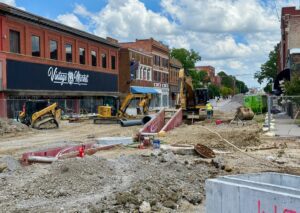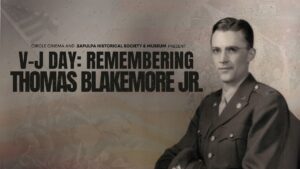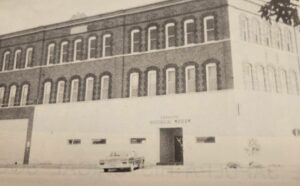Rachel Whitney, Curator,
Sapulpa Historical Museum
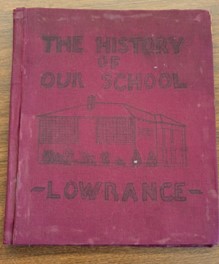
Information presented in “History of Our School” is about the history of the Lowrance School and Sapulpa’s separate school, dating from Territorial Days to 1964. This book was published in 1940, a project by the 7th and 8th-grade students at the school; it would be revised in 1989.
During the “Territorial Days,” the “separate school” was “the first school building, located one and four-mile south of the new Lone Star Schoolhouse, near Skull Creek along Polecat Creek, in a wooded section.” It began in 1906.
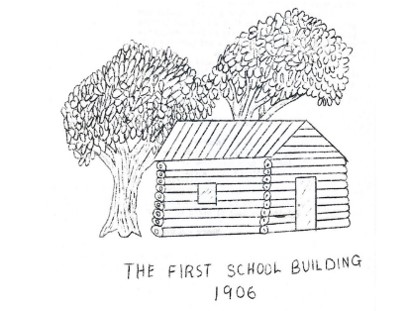
“The furniture was crude and limited. There were a few homemade benches and a table for the teacher. They had very few books and used slates for writing. The walls were bare for the most part, with the exception of a few hats and coats hanging on the wall in one corner of the room, which belonged to the children.
“The first teachers and trustees included Mrs. Lucy Thomas (teacher), Mr. Jeff Walker (chairman), Mr. W. Harry (treasurer), and Mr. Henry Lowrance (secretary). Mrs. Thomas’ salary was paid by the patrons of the community. The patrons could only pay for four months of the year. Mrs. Thomas had to walk about three miles to school every morning and every evening. She taught in a log school house, happy and content, knowing that a start had been made. By 1908, a Mr. Charles M. Olentine, of Muskogee, donated a site for a new building. After statehood, Mrs. Thomas’ salary was paid by the state, which was a relief for the patrons.”
Between 1908 and 1923, the Olentine School was described as “one large room with one door facing the east and one door facing the west. It had three windows on the north side and two on the south side. Inside there were a number of desks, one large globe, one map, one chart, one bookcase, one large stove, and an organ. There was not a playground and equipment, but the ball diamond was on the east side of the house.
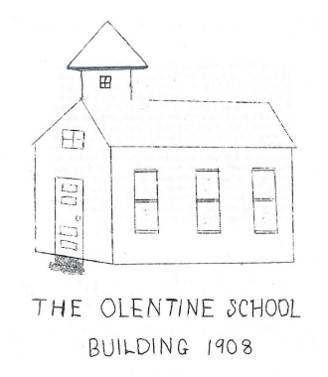
“The teachers included Miss Alberta Corine (1909-1911), Mrs. Francis Helms (1911-1912), Mrs. M. Humphry (1912-1913), Mr. & Mrs. Charles Yates (1913-1915), Mrs. Minnie Chinn (1915-1917), Mr. Brackenridge (1917-1918), Miss Ella Washington (1918-1919), Rev. William Henderson (1919-1920), and Mrs. E. Gray (1920-1923). The enrollment of students began at 25, in 1909, and increased to over 80 pupils, in 1923, in the crowded building.
“With the overcrowding school room, problems arrived. Even the school year terms increased; the school year ran for nine months—a two-month summer term and a seven-month winter term. In addition, the patrons wished to move the building from high on the hill to a more convenient location. In its last year, the building was to be torn down and classes held at the Olentine Church.”
Mentioned earlier, Henry Lowrance was secretary for the separate school during the Territorial Days. “Mr. Henry Lowrance was born on April 30, 1863 from an enslaved family in Jackson, Tennessee. He moved between Arkansas and Tennessee until settling in Territory-Cherokee Nation in 1891.” After moving to Sapulpa, and began accumulating cattle and property.
In time, the Lowrance legacy was secure. “Mr. Lowrance was a philanthropist for the community. A self-educated man with passion and encouragement for others to complete their education. He also established the only black cemetery in Oklahoma [Tuskegee Cemetery].”
In 1908, Henry owned 160 acres of land; and in 1923, he had given 14 acres of land for a school plot. He additionally donated $1,200 ($18,500 in today’s money) for the building, furniture, and equipment. *
“The school was situated in School District 8, on the Picket Prairie Road, two miles south of the City of Sapulpa. It was established 1923 and was operated through the office of the county superintendent, Rosenwald, Smith Hughes Funds, Mr. H. Lowrance, and other local residents. The school district contains about fifteen square miles, one-fourth of which is owned and farmed by the black community. There are ten acres of land owned and controlled by the school for school buildings, agricultural plots, poultry yard, pasture for stock, and athletic field.
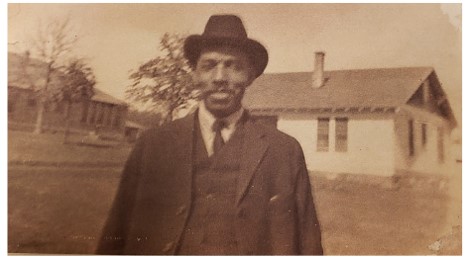
“The main building is a four-room structure and is fairly well equipped. The building was well heated, with three Smith Jacket Heaters, and a range for domestic science.
“The main building was a brick structure with concrete and brick walks leading all directions Two of the buildings are teachers’ cottages. One of them had been remodeled and an upstairs apartment added. More than 50 teachers and 5 supervisors had taught and supervised the activities of this school. By the consolidation of other districts with the No. 8, the enrollment had increased to about 240 pupils. The districts included No. 5, 30, 29, 34, 25, and 59. There was more transportation for the students, including three buses to Lowrance from the other districts.
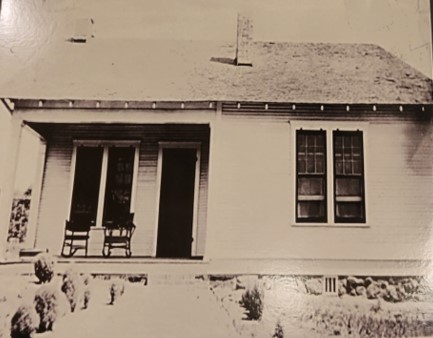
“Lowrance had won many honors that served as marks of progress. Prior to 1935, the school had won one 4-H cup. This cup had been won for three years in succession. Since then, the school had added to its honor, and had earned twelve more trophies and cups.”
This week in Sapulpa history, the Lowrance School was judged the most beautiful rural African-American school in Oklahoma. It was awarded a library from the Rosenwald Foundation*.

*Note: Rosenwald Fund contributed money for black school libraries, transportation to separate consolidated schools, African-American teacher education, and black colleges and universities.
“Four rural Oklahoma schools would be presented with libraries by the Rosenwald Foundation. The Oakdale School, Okmulgee County, was adjudged the most beautiful school for white pupils, and the Lowrance School, Creek County, the most beautiful for [African-Americans]. Johnson School of McClain County, white school, and Lima School, Seminole County, [African-Americans] school, won other libraries for greatest improvement on building and grounds.”
Henry Lowrance passed away in 1950 while he lived on the Lowrance School grounds. Within the next decade, Lowrance School closed, and the students attended Lone Star School in 1964.


